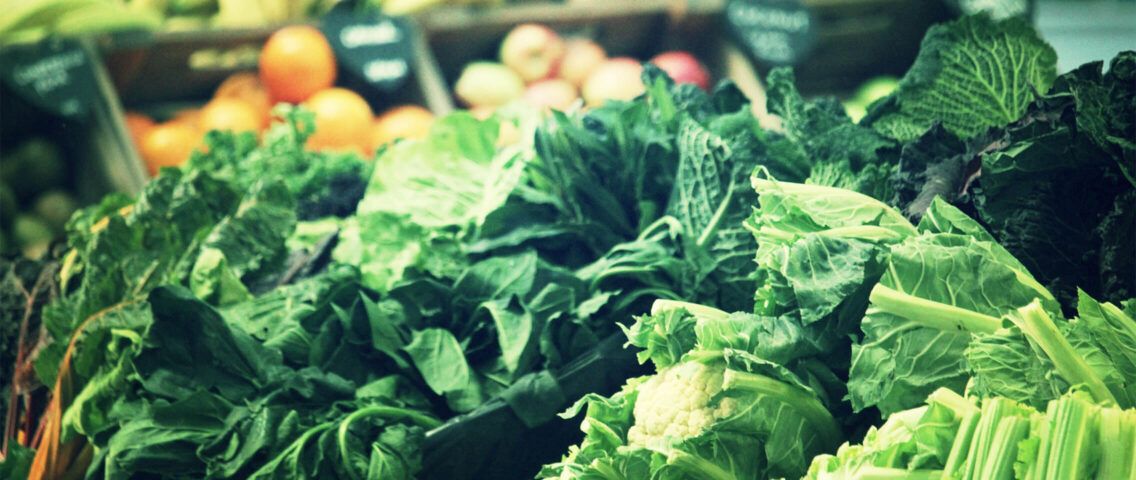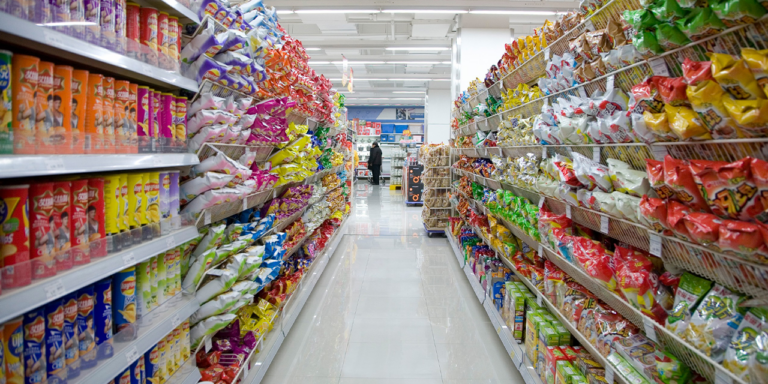Wihuri Oy Aarnio is a wholesale company serving foodservice customers through their distribution network and twenty cash & carry outlets across Finland. Wihuri uses RELEX’s planning solution for forecasting and replenishment as well as for sharing forecasts with their suppliers.
The foodservice sector has been hit very hard by the COVID-19 pandemic. In the initial lockdown phase, Wihuri’s demand dropped by 60% in just a few days. In this Customer Voice blog, Antti Kurhela, Supply Chain Manager at Wihuri, talks about how this foodservice operator was able to rapidly adjust to changing conditions while still making good on their commitment to sustainability by further reducing food waste in 2020.
Scenario Planning and Demand Forecasting
In early 2020, our team prepared different COVID-19 lockdown scenarios even before the pandemic reached Finland. When we started seeing early signs of changes in demand, we activated the most appropriate scenario in our RELEX planning system. This scenario planning allowed us to quickly adjust our forecasts to a radically different level of demand and provide our upstream supply chain partners with reliable order forecasts (see the illustration below).
End-to-End Visibility and Collaboration
As a wholesaler, we play a key role in orchestrating the foodservice supply chain. We use the RELEX system to continuously update both our customer and cash & carry demand forecasts. Data from the Finnish foodservice sector’s RELEX-powered “Forecast Bank” (Ennustepankki, website in Finnish) is a key component in our demand forecasting, as it translates both public and private sector menu and volume plans into demand for individual ingredients.
The pandemic further intensified the frequency and depth of our collaboration with both customers and suppliers. To improve product availability and minimize waste throughout the supply chain, we automatically share our visibility into future demand with our suppliers using the RELEX system.
In addition to sharing forecasts, we also continuously discuss product demand and availability with both customers and suppliers. This has proven essential for keeping the entire supply chain in sync with rapidly changing demand.
Effective Management of Perishable Stock
Shelf life management is an integral part of our inventory optimization. The RELEX forecasting and replenishment system accurately factors in our stock’s remaining shelf life and gives us early warnings for any stock nearing expiry dates. As a result, we can take targeted action to move stock out of the supply chain, using discounts if needed, before it expires. In 2020, the amount of unsold food products was 18% lower than in 2019!
If we can’t effectively sell through stock nearing expiry dates, we donate products still fit for consumption to ensure that it does not go to waste. In 2020, our donation to food aid organizations increased by 170,000 kg (374,800 lbs.) despite our overall reduction of unsold products. This means that we were more effective both in avoiding food waste and in putting unsold product to good use.
To further reduce unnecessary waste, we make sure that products deemed unfit for consumption are put to use as animal feed and raw materials for industrial processes.
Continuous Improvement
Our goal for 2021 is to continue reducing food waste through increased collaboration in the supply chain, further increasing the accuracy of our customer-level demand forecasts, and by continuously optimizing fulfillment. At Wihuri, we believe that reducing food waste is a must for all responsible actors in the food supply chain. Not only is it hugely important for the planet, but it also drives significant benefits to our suppliers, foodservice customers, and consumers.




